Revised: 20120407
I’ve often found it helpful in preface to topics such as this to remind even—if not especially—the well-educated that everything we think we “know” today was once considered absolutely absurd. And that “knowledge” is destined to be again so classified at an ever-increasing rate—just ask the Brontosaurus and Pluto. Intellectual evolution cannot occur without embracing for evaluation the seemingly absurd. Quantum mechanics itself is so notoriously absurd it defies understanding by all but a few exceptional minds.
The orb issue is an intriguing and complex example of just such a question that challenges conventions of absurdity and evidence. Like many, many others I have taken pictures that I believe are at least remarkable; been given others by those astounded to learn that somehow they could now produce them; and I have taken quite a few I know to be suspect. Here are ten examples covering a range of contexts:
I will be loading perhaps 1000 of these over the next weeks with minimum comment. Explications will take considerably longer. Evaluate the credulity of my collection as you will, but by all means please take your own pictures. I would only say that most agree that ‘surprise’ often produces the best results. For now if you wish more guidance I recommend the humble and level-headed
How to Photograph the Paranormal: Leonore, Ph.D. Sweet. Her story is of a normal (though well-educated) person led into her own research simply from reasonable curiosity about recurring and witnessed anomalies.
When studying orb pictures it is mandatory to know the camera being used (if not lens as well), and usually the location (unless somehow private). In no cases have anything been added or retouched to my posts, but one typically advances the exposure digitally. Initially, I overdid this in pursuit of obviousness. As my technique progressed, I found lightening less necessary. Where instructive I try to provide pre- and post- versions for comparison. The point is, don’t discard apparently black frames; you may be very surprised at what they can reveal.
Contemporary orb research began in 1976, when Trevor Constable published the first infra-red pictures from 1959 of “sky amoeba.” He had simply wanted to research WWII dogfights, but the irrepressible images—provoking corroborating contemporaneous publications from isolated international researchers—changed his life, and likely, ours:
The Problem
While by now many can be said to have met Constable’s challenge, the state of the issue is that science in turn has challenged advocates to produce a true stereo picture of an orb. That is, a simultaneous recording by separate identical, professional cameras from independent angles proving that the image is a 3D object, not simply a dust mote or water droplet (the two perennial reductions) near one lens. To my knowledge, despite years of widening exposure, expertise, and promotion this has not yet been convincingly achieved.
Something novel is occurring; that is indubitable. But as my favored Mencken reminds, “For every complex problem, there is a solution that is simple, neat, and wrong.” It is not my job to tell you what orbs ‘are.’ That is something I consider presumptuous at best, if not—as is more likely in view of the actual evidence—perhaps fraudulent. Reticent in respect for the individual’s process, nevertheless after six years I’ve learned that for the sake of discussion people are entitled to expect some observations.
First of course you have the standard fare of optical or environmental reductions: dust, vapor, and the role of flash. For hard-nosed skeptics this is the end of the discussion.
Then come the various spiritual theories to which anyone is entitled—but that we may have little ability to prove to each other. Should one tell me the circle is an inter-dimensional Being, another knows it is my Guardian Angel, and yet another says it is just Crazy Uncle Jack foolin’ around, we have a fundamental disagreement about what counts as evidence that rather precludes rational dialog.
To my mind that currently leaves the following strongest candidates for general discourse and objective research. Importantly, they aren’t necessarily exclusive. After all, ‘orbs’ generally includes appearances of all different kinds of circular and semi-circular anomalies; filled, radial, or concentric, and giving most crayons in the box representation.
Psychology
Our self-confident conscious minds frequently discard details unrelated to its current tasks; as evidenced by the general experience that once made aware of orbs, one typically finds them newly appearing in photos upon which they may have sat unseen by entire families for years. I suppose therefore that some part of the issue involves retraining individual perception, which can only be done through one’s own experimentation and self-evaluation. Then, perhaps being able to transfer the skill—if that it be—to others; also being a widely-recounted phenomenon. What can possibly explain these constant, similar stories? Are versions of “Mass Hysteria” really the best thinking that academics or doctors can exhibit? Is that not simply dismissive and closed-minded?
Now, I’m not sure I believe this legend that the indigenous had no frame of reference by which to see Columbus’s or Cortez’s ships—but that behavior seems to be exactly what we have here! At the very least, given the non-recognition/recogntion phenomenon, there would seem to obviously be legitimate psychological questions for the qualified to sort out.
Electromagnetism
There could be an electromagnetic (EM) entanglement between the photographer and the camera’s infrared-attentive, increasingly-sensitive, constantly-evolving sensors.
It is easy to suggest a vague EM coupling between camera and the mind-as-brain. But this group of “mental” theories are vulnerable by ignoring that your thinking cap’s EM is in fact too weak to be sensed by anything but the most exotic laboratory detectors (such as the legendary, six-figure SQUID).
At this point HeartMath would rightly remind us that actually the heart produces 5000x the EM of the brain, so is a better candidate to be such a transmitter. Unfortunately, by itself this does not explain much as we already know most people have hearts, but not orbs. (And obviously we can’t assemble a test control group of people without hearts that can use cameras.)
Hyper-Ideomotion
Consistent with HeatMath’s observation, in fact the body’s significant EM channels are only easily readable outside the research lab once they leave the brain as nerve signals and muscle movement. Thus, and I confess to now favoring this for its explicative power, it is actually not much of a leap to suspect a strong EM photonic eruption from the known, tangible ideomotor reflex. These are subconscious muscle movements—again, electricity-fed nerve impulses—produced just from focused attention upon the conception of action without performing the action itself. The voltage affecting the sensor could come simply from the photographer’s hand, if not from momentary phase alignment of waveforms throughout the body due to unconscious processes.
This theory could parsimoniously explain 1) the failure of the dual-camera challenge, 2) why certain cameras seem to become ‘conditioned’ to the photographer, 3) why orbs can appear similarly on film as digitally, and 4) why the mental attention to ‘surprise’ helps—after which orbs tend to quickly dissipate. This last point, not incidentally, is the first indicator of a ‘genuine’ session, as no skeptic can argue that dust or moisture habitually depart a scene all at once after a few minutes.
What any theory like this suggesting that the event is electrical rather than optical might not explain would be any apparent deliberate positioning such as in the girl’s hand, above, unless the suggested ideomotive photons can be emitted by the subjects themselves. That is, we could be seeing the EM eruption of unconscious attention to her hand. As amazingly dense and sensitive sensor technologies hurriedly evolve, even this suggestion should not reasonably be precluded from testing.
So I do believe this theory merits consideration for serious research attention—especially as the ideomotor reflex is now relatively easy to measure. Among the many prior reports of camera influence by exceptional individuals, if someone has instead of a mental eruption hypothesized hyper-ideomotion EM specifically, please update me.
Extremophiles
Extending Constable, only in the past decade have we become aware of life where we thought it not possible, such as hot sea vents; accordingly orbs might be predominantly energetic extremophiles that at some point took a different path than strictly terrestrial evolution. As our understanding of inanimate matter increases and the dividing line greys, this theory could remain in play.
Artificial Intelligence
Another viewpoint notices occasional announcements about military research into “intelligent dust.” At best, this might be a fleet of detectors deployed to monitor or control a disaster or attack. At worst…is up to your paranoia. But about something at this time so prima facie implausible to most civilians unfortunately one cannot rule out disinformation.
Memes
Skeptics in reaction ignore a final, indirect, subtle possibility. What if orb pictures were means, not ends? This accumulating general perceptual shift as a feature of human behavior—often accompanied by authenticating, fundamental questioning and reframing of one’s habitual assumptions—may well be sufficient justification to sustain interest in the orb experience; even if at the end of the day this relegates all the photos to the status of side effects to a currently unclear process.
In other words, you could set aside the question of what orb pictures might show, and still have a legitimate scientific, sociological challenge in understanding this undeniable changing relationship between an increasing chunk of humanity and its participation in photography itself. Posit, for example, an evolutionary mutation accelerated by intensified information exchange. In philosophical shorthand, orbs as memes. Briefly, these are models or concepts that become so compelling they indeed begin to achieve ‘a life of their own.’ Here, Susan Blackmore’s un-ignorable The Meme Machine is prerequisite to further informed discussion. (Neither have I yet seen this interpretation offered elsewhere.)
Simply, Cameras
There is one premise I long held upon which I have reversed myself. I initially argued that with their legendary focus on quality control it would be virtually impossible for “Japan, Inc.”—the design and managerial hub of most optical recorders—to produce millions of defective cameras. For a variety of reasons—most tellingly Toyota’s mounting quality problems inexplicably defying their Ohno system which has been idolized, taught, and imitated for decades as the ideal zero-defect design and manufacturing methodology—I find no remaining justification to benignly neglect informed suspicion of any camera’s ability to deceive. For example, using pro Nikon gear I accidentally found I could repeatably make orbs appear in daylight within a specific aperture range of a certain wide-angle lens.
As orbs now begin to appear unquestioned in newspapers (and embarrassingly for most spiritual arguments, even in pornography), we must admit that there is reasonable evidence we are looking at a lot of mass failures. A camera that cannot take a flash picture without often producing orbs—such as the many compacts that mount the flash immediately adjacent to the lens—is not terribly useful. Similarly, collections from notoriously humid or particulate areas such as rain forests in the Northwest or Tropics, fire ceremonies, or dust bowls like Burning Man may simply supply more fodder for eager debunkers.
The Bottom Line
It is not simple, nor if it matters, should it be. You ask me what it is about: I say that you need to collect and own your own evidence—it is the only kind that means anything. Ultimately, if the whole affair amounts to but an exercise strengthening the self-acceptance of those who scrutinize their interpretation of experience through ongoing experimentation and open-minded rational processes and discussion, perhaps the orbs will have achieved their purpose.








.jpg)




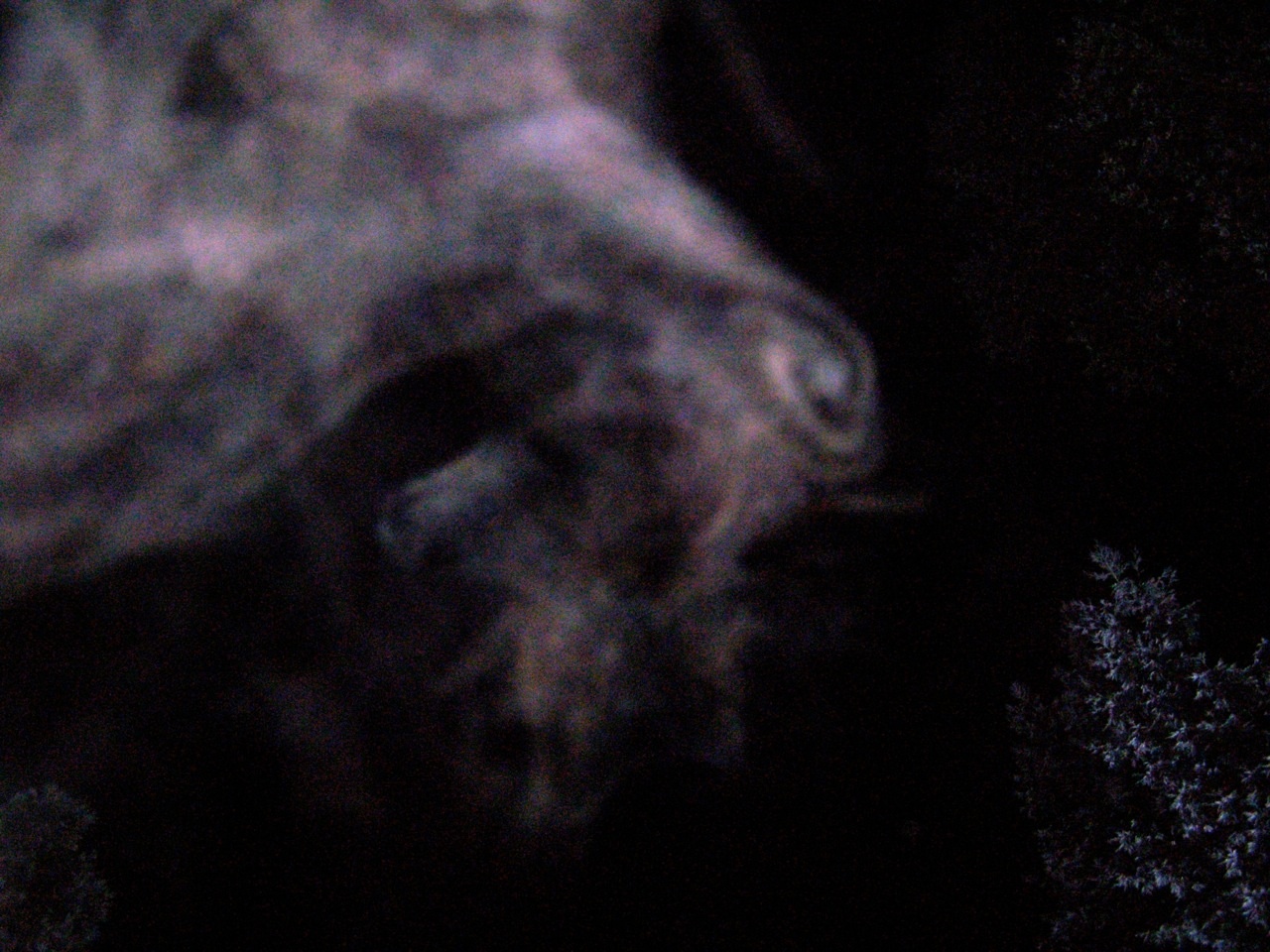
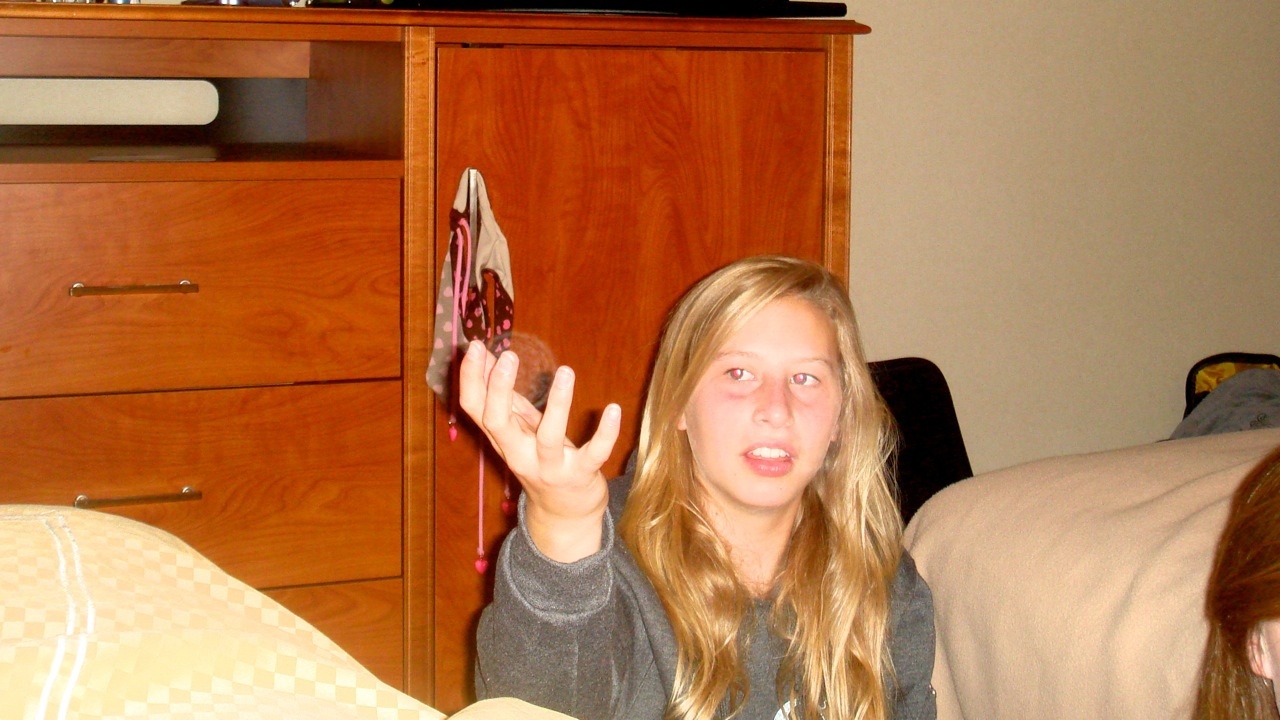
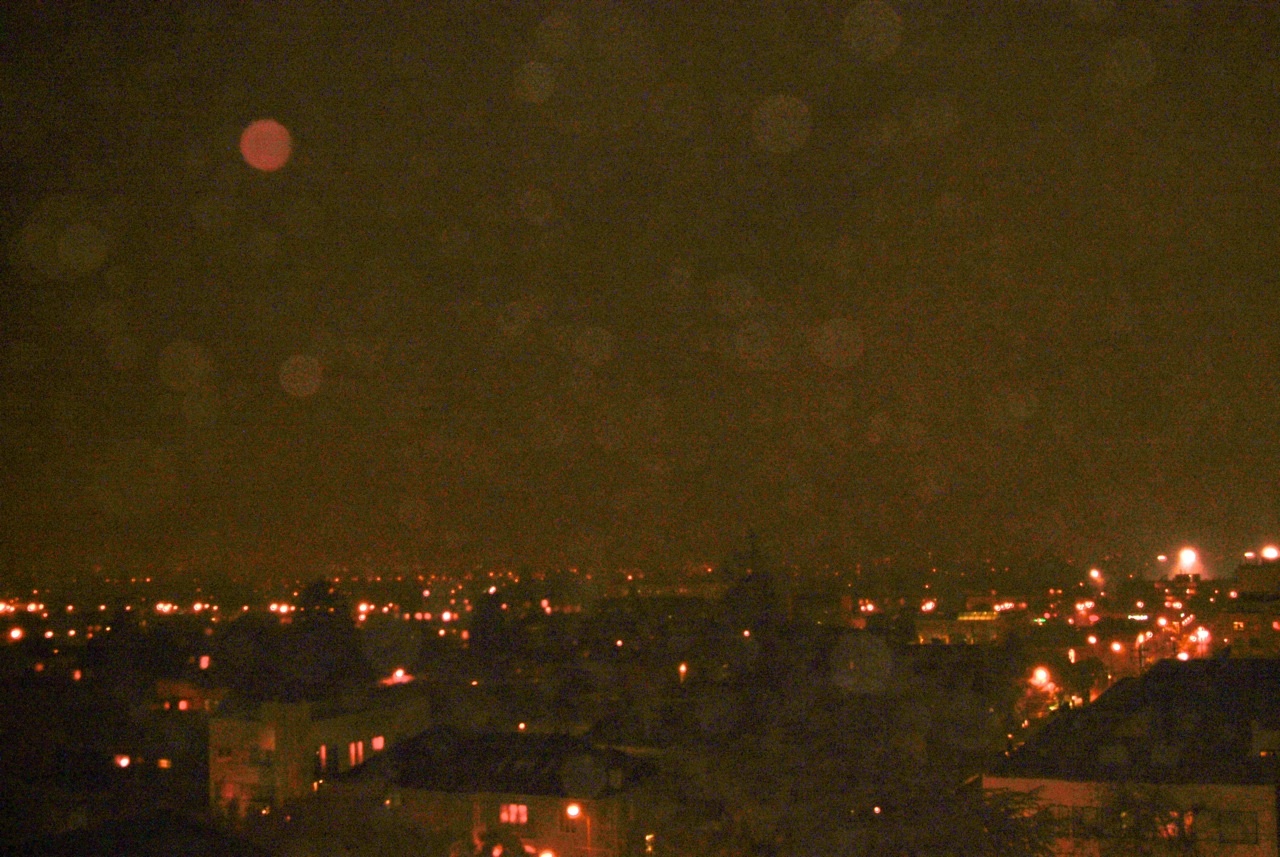
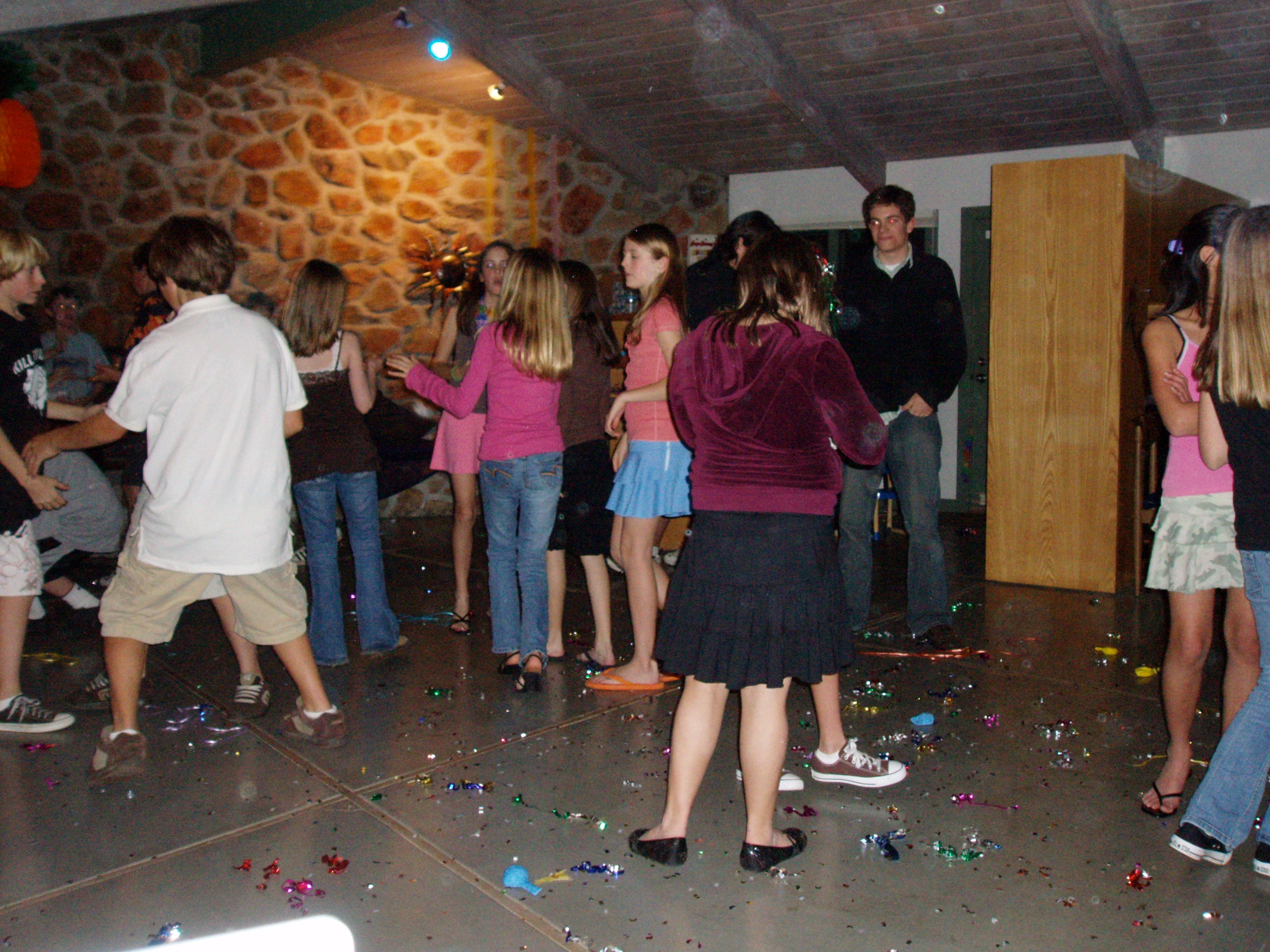
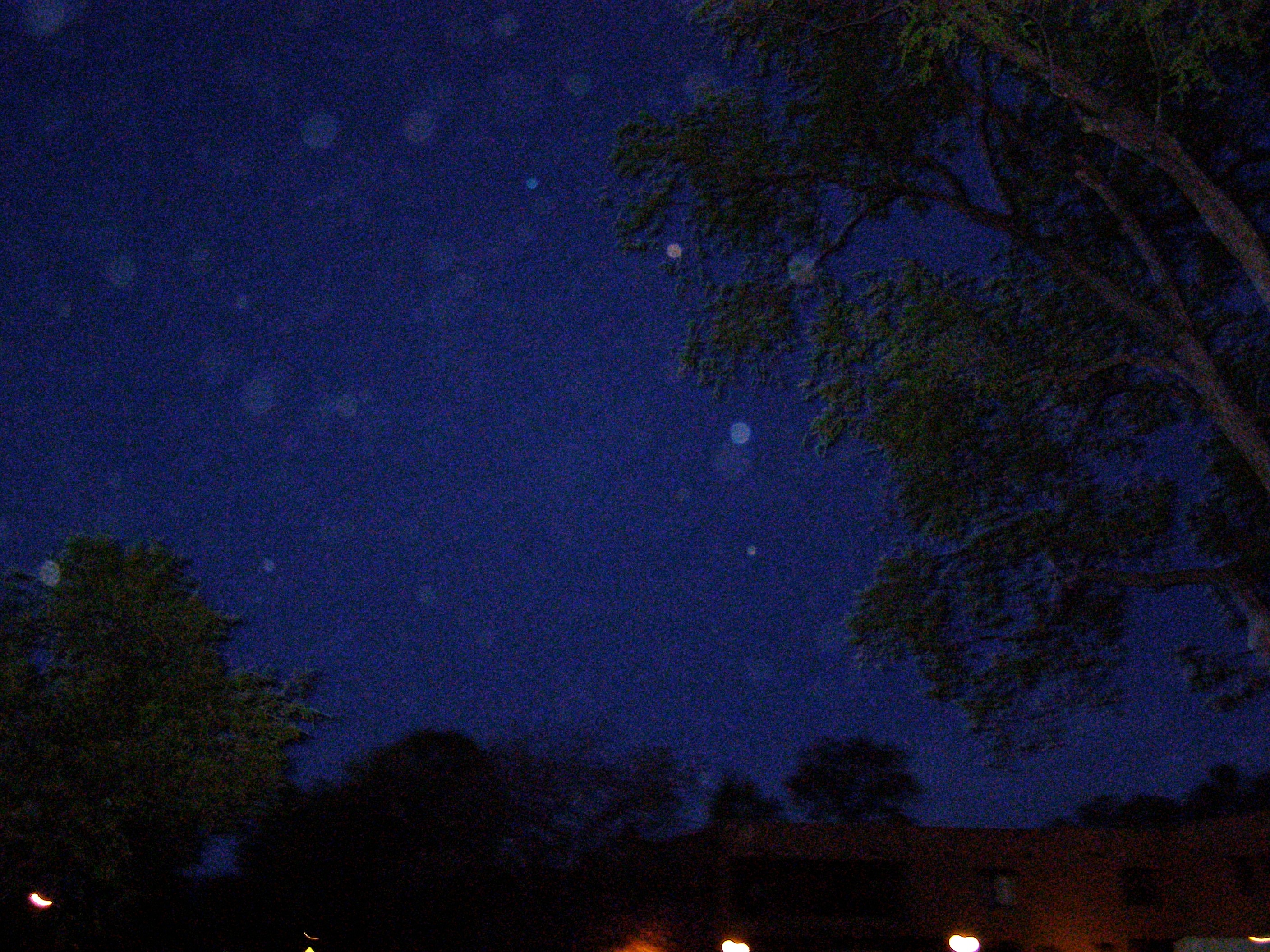
.jpg)
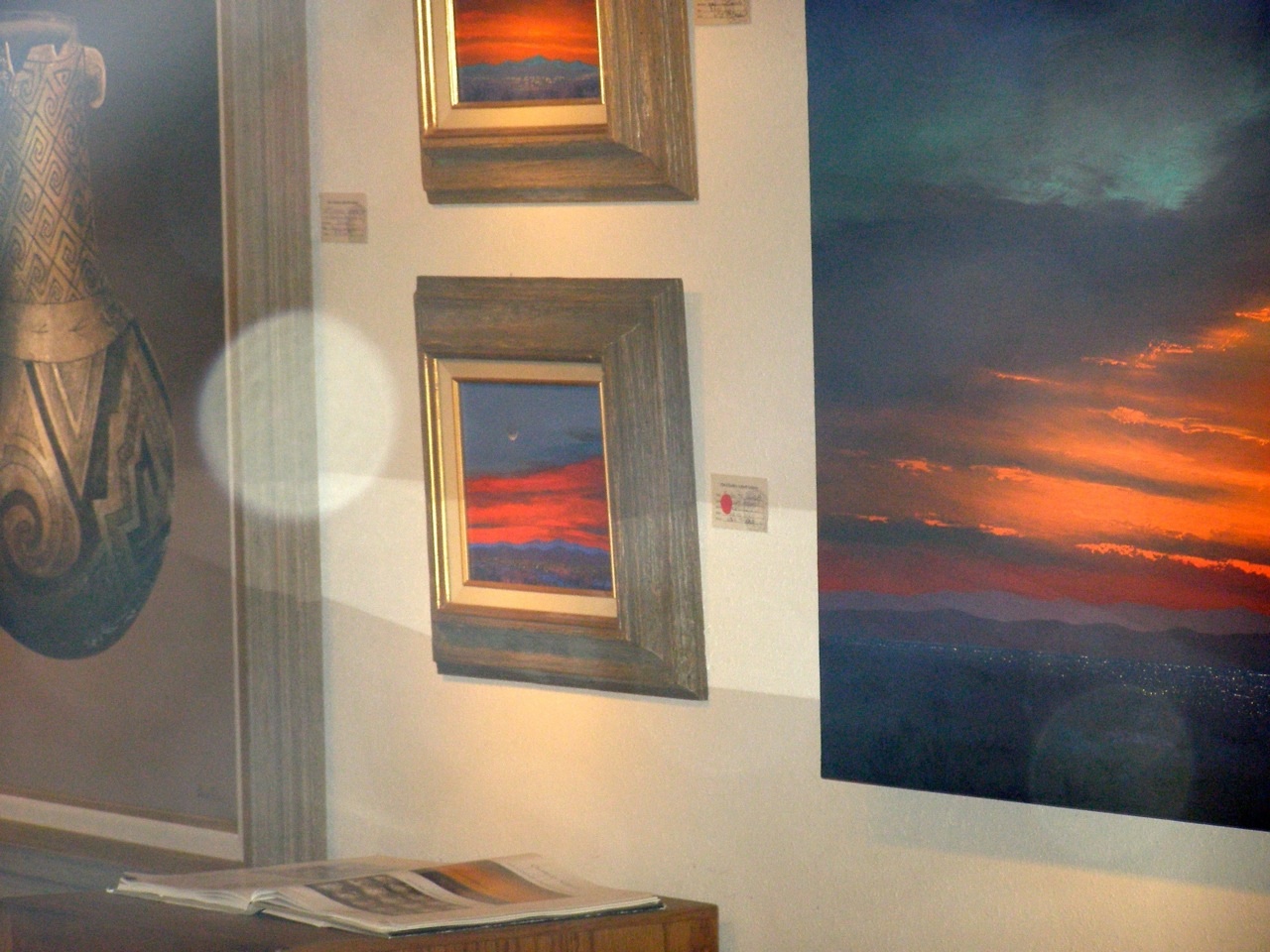
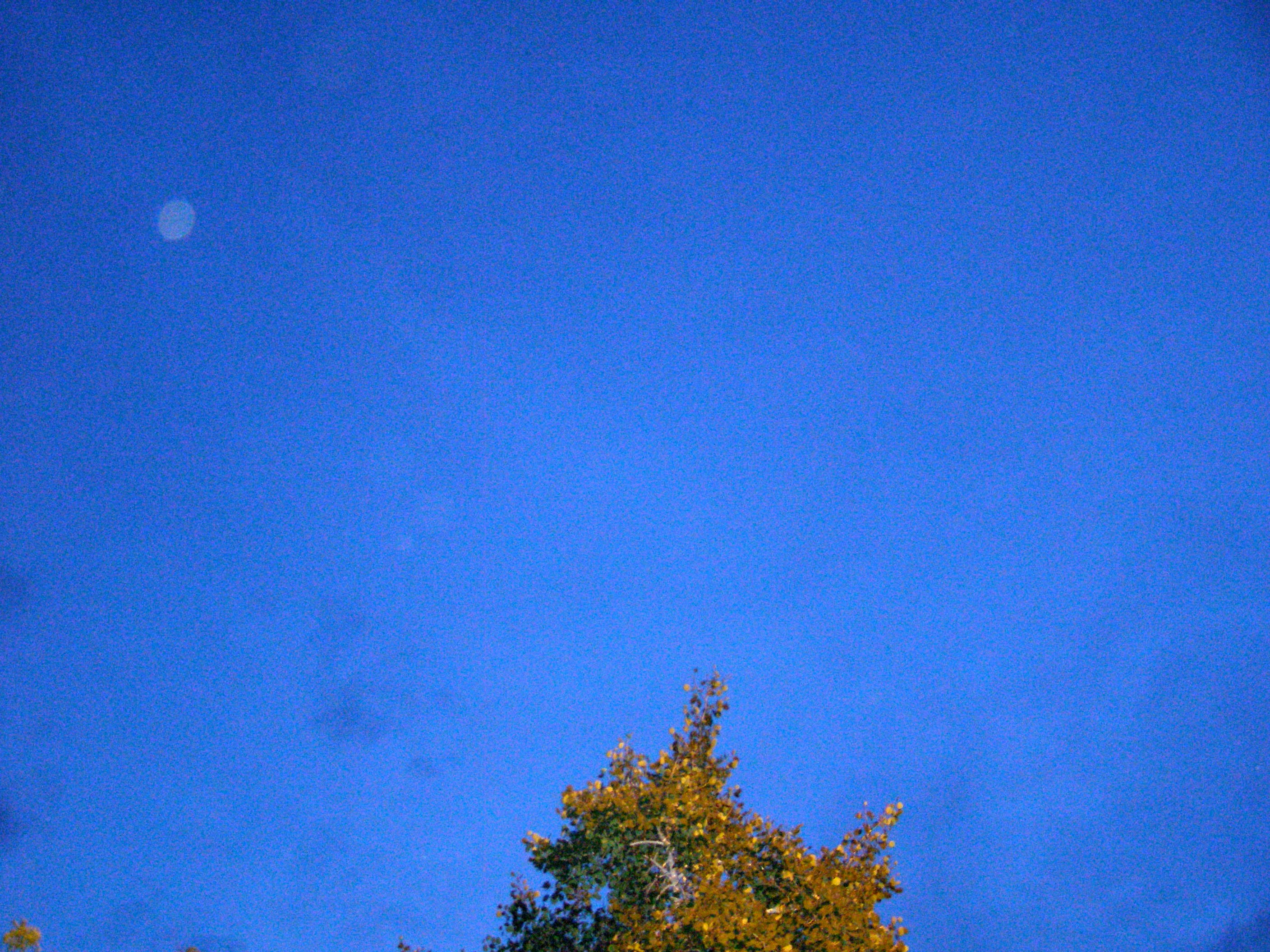
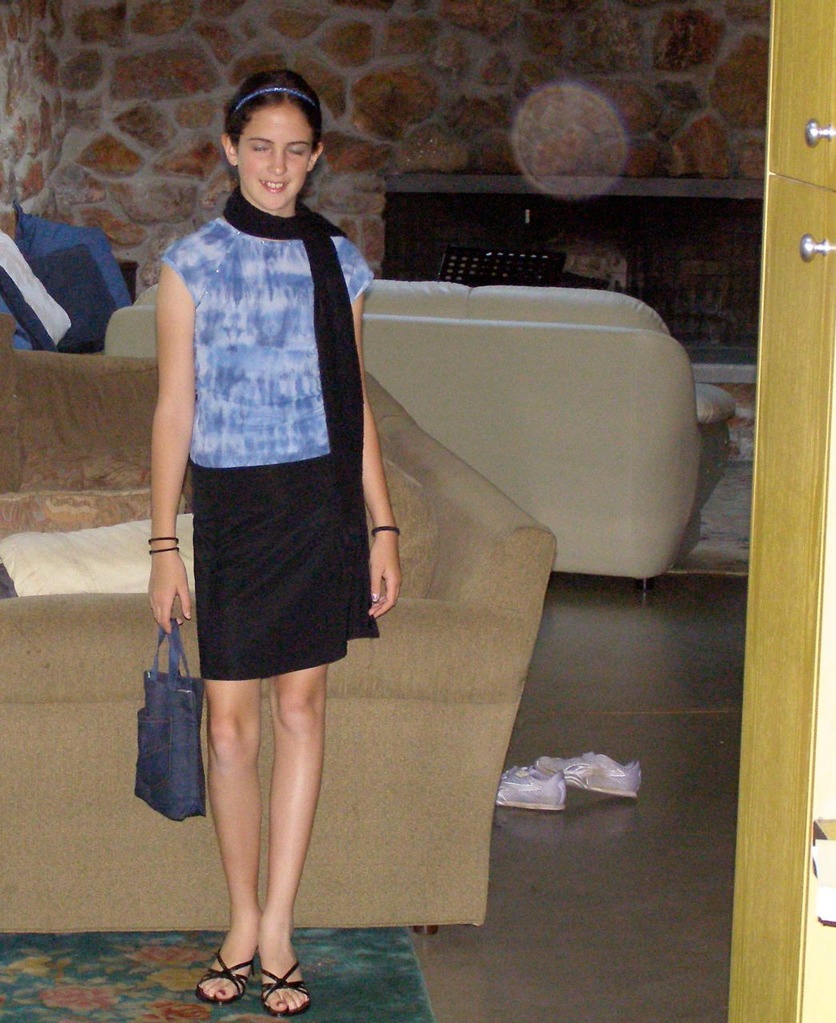
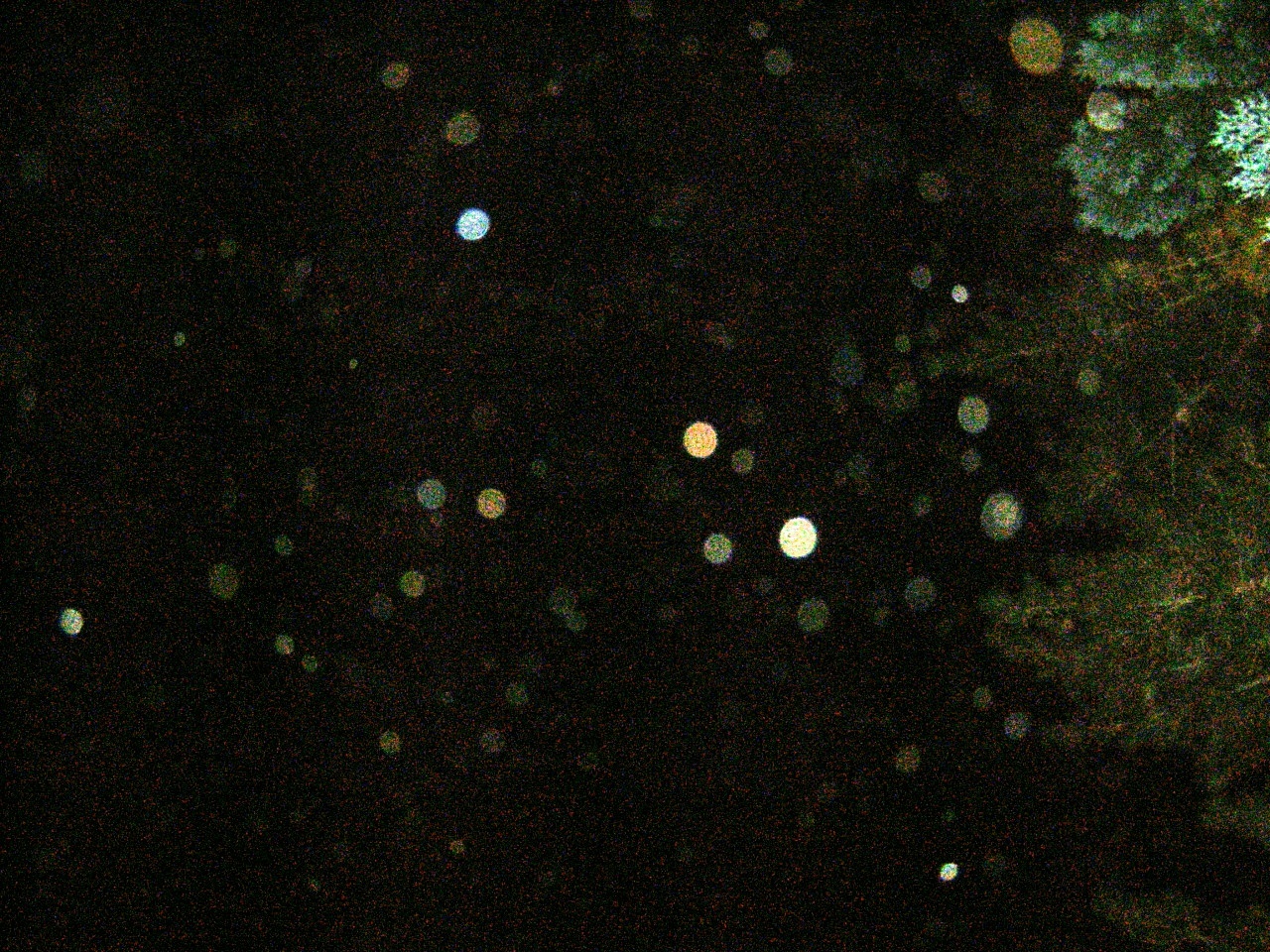




















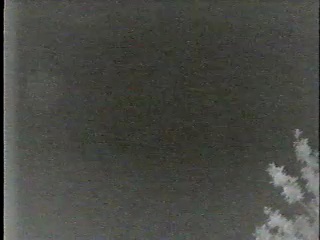
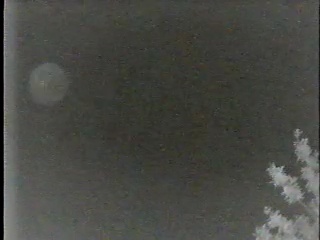
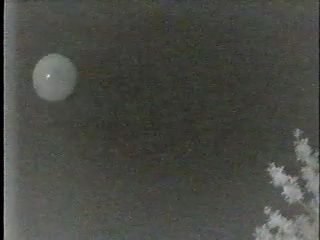
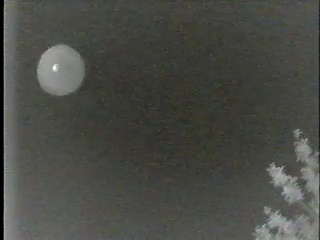
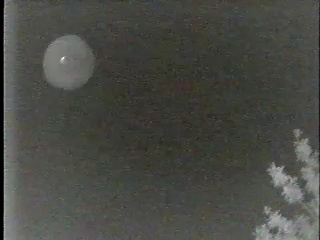
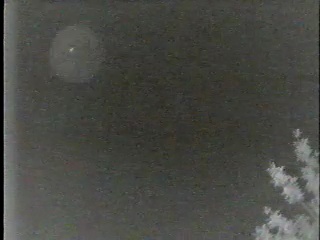
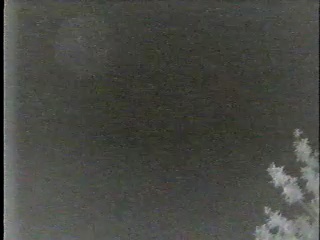
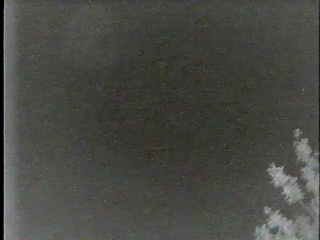
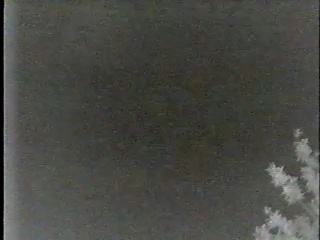
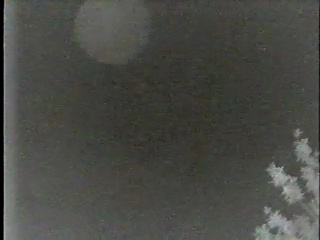
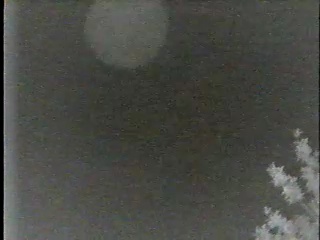
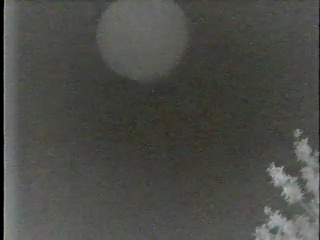
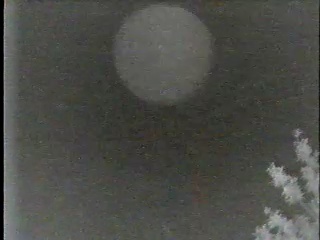
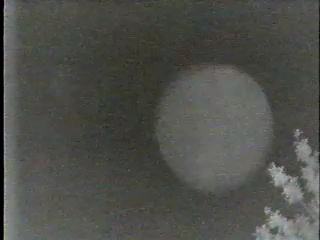
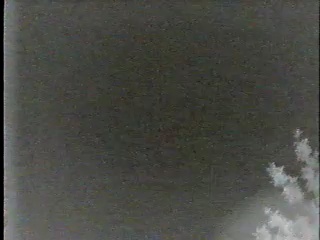
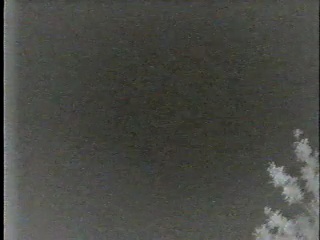
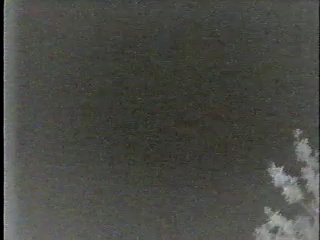
 TSC Orb Report/thumbs/thumbs_20060419 1 of 9.jpg)
 TSC Orb Report/thumbs/thumbs_20060419 2 of 9.jpg)
 TSC Orb Report/thumbs/thumbs_20060419 3 of 9.jpg)
 TSC Orb Report/thumbs/thumbs_20060419 4 of 9.jpg)
 TSC Orb Report/thumbs/thumbs_20060419 5 of 9.jpg)
 TSC Orb Report/thumbs/thumbs_20060419 6 of 9.jpg)
 TSC Orb Report/thumbs/thumbs_20060419 7 of 9.jpg)
 TSC Orb Report/thumbs/thumbs_20060419 8 of 9.jpg)
 TSC Orb Report/thumbs/thumbs_20060419 9 of 9.jpg)
 TSC Orb Report/20060419 1 of 9.jpg)
 TSC Orb Report/20060419 2 of 9.jpg)
 TSC Orb Report/20060419 3 of 9.jpg)
 TSC Orb Report/20060419 4 of 9.jpg)
 TSC Orb Report/20060419 5 of 9.jpg)
 TSC Orb Report/20060419 6 of 9.jpg)
 TSC Orb Report/20060419 7 of 9.jpg)
 TSC Orb Report/20060419 8 of 9.jpg)
 TSC Orb Report/20060419 9 of 9.jpg)